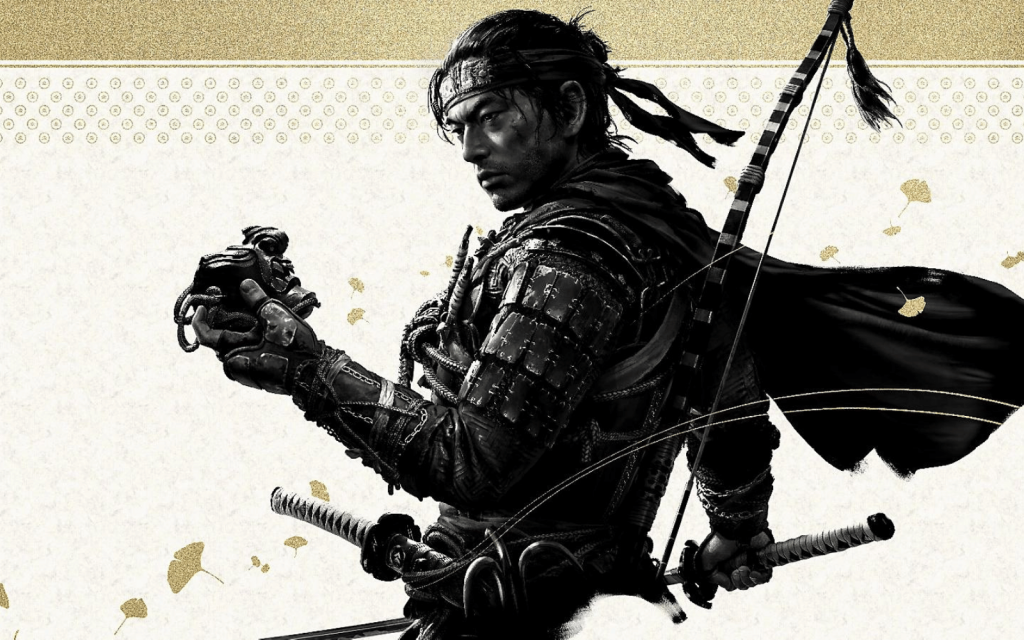Ghost of Tsushima Director's Cut on PC is the best way to play this four-year-old open-world RPG. It might show its age at times yet it manages to be even more visually stunning than it is on console thanks to a great port from Nixxes.
-
Story
-
Gameplay
-
Visuals
-
Performance
-
Replayability
It shouldn’t be surprising that Ghost of Tsushima, a third-person open-world action-adventure and one of Sony’s last titles to launch on the PlayStation 4, has arrived on PC. Developed by Sucker Punch Studios and ported by Nixxes Software, it is the latest previously exclusive PS title to receive the PC Master Race treatment – and it only took four years.
It debuted on PS4 in July 2020 towards the end of that console’s lifespan. The PS5 launched a few months later but it was only in August 2021 that Sucker Punch released an expanded Director’s Cut version of the game.
It included the game’s multiplayer expansion, Ghost of Tsushima: Legends, a new playable region called Iki Island, and a host of PS5-related updates that included lip sync for the Japanese audio track, adaptive trigger and haptic feedback support for the DualSense controller, 3D audio support, dynamic 4K resolution, and decreased loading times.
Nixxes, which has previously ported Horizon Forbidden West, Ratchet and Clank: Rift Apart, and Marvel’s Spider-Man Remastered, took the PS5 Director’s Cut and added support for ultra-wide monitors and the option to use almost every new rendering technology available. We say ‘almost’ because there isn’t any real-time ray tracing to go with the upscaling and frame generation tech on offer. And while we had a relatively bug-free experience, it wasn’t perfect – at least at launch.
Sticking to the Code (again)
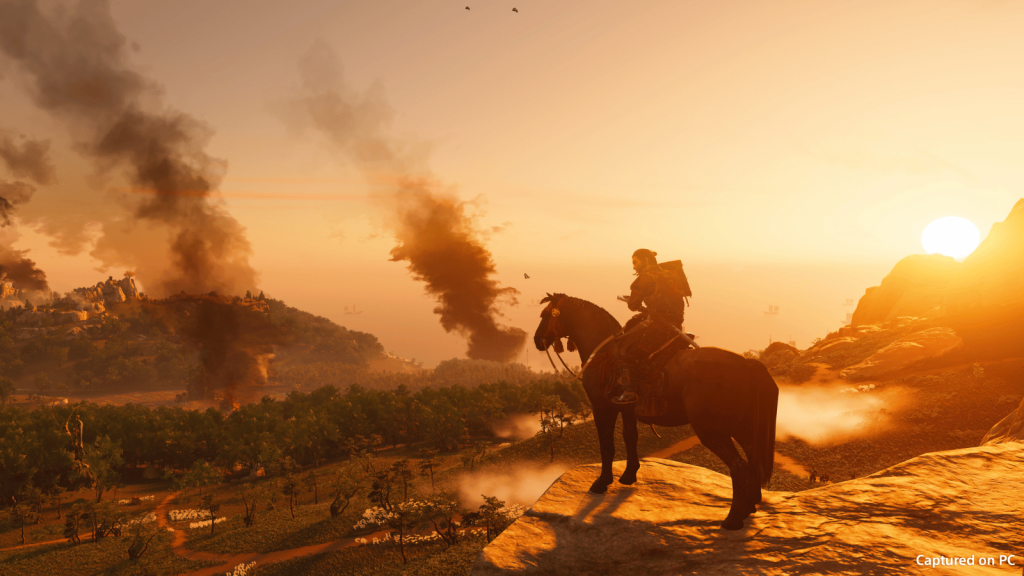 We reviewed the base game on PS4 at launch so if you’re completely new to Ghost of Tsushima, we’d recommend reading that review before coming back to see if you should buy it on PC.
We reviewed the base game on PS4 at launch so if you’re completely new to Ghost of Tsushima, we’d recommend reading that review before coming back to see if you should buy it on PC.
If you’re just here for that, we can happily attest that Ghost of Tsushima Director’s Cut is as excellent on PC as when it launched on PS4. Its open-world gameplay is polished but will feel familiar if you’ve played any other game in the genre. Combat is visceral and satisfying and its visual and stylistic presentation would probably get Kurosawa’s approval (especially if you opt for ‘Kurosawa Mode’ which uses the Japanese audio track, switches everything to black and white, and adds the required amount of film grain).
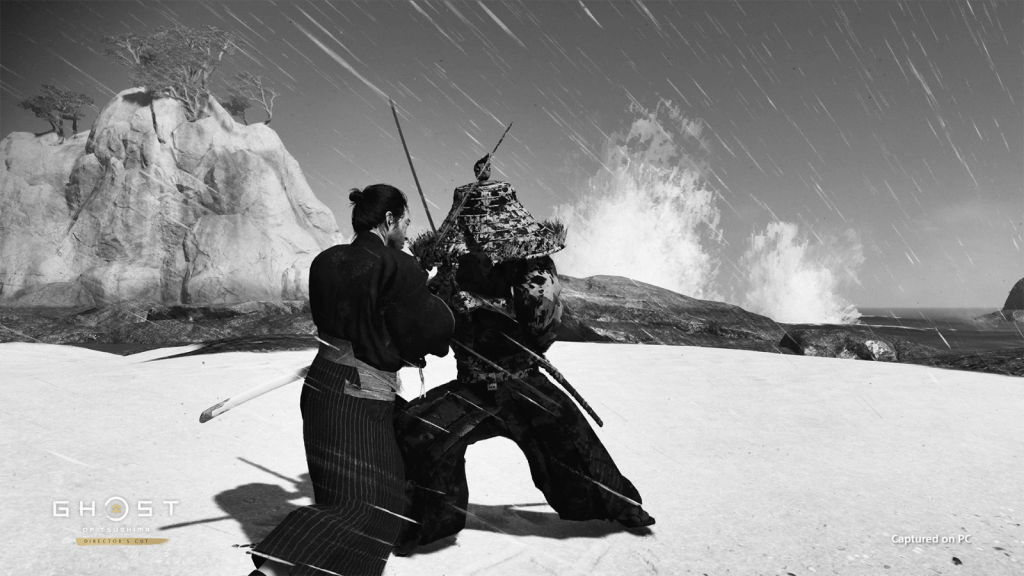 With an already fantastic starting point, the extra additions, like the option to render cutscenes in real time with proper lip sync for the Japanese audio track, only make the experience better. The PS4-era textures, on the other hand, could’ve done with some upscaling. Some of the animations show their age too. Call us spoilt, but we’d prefer it if a character’s legs didn’t clip through the slope or steps they’re meant to be standing on. These might seem like nitpicks but that’s all we really have to complain about with this port.
With an already fantastic starting point, the extra additions, like the option to render cutscenes in real time with proper lip sync for the Japanese audio track, only make the experience better. The PS4-era textures, on the other hand, could’ve done with some upscaling. Some of the animations show their age too. Call us spoilt, but we’d prefer it if a character’s legs didn’t clip through the slope or steps they’re meant to be standing on. These might seem like nitpicks but that’s all we really have to complain about with this port.
All the pretty pixels
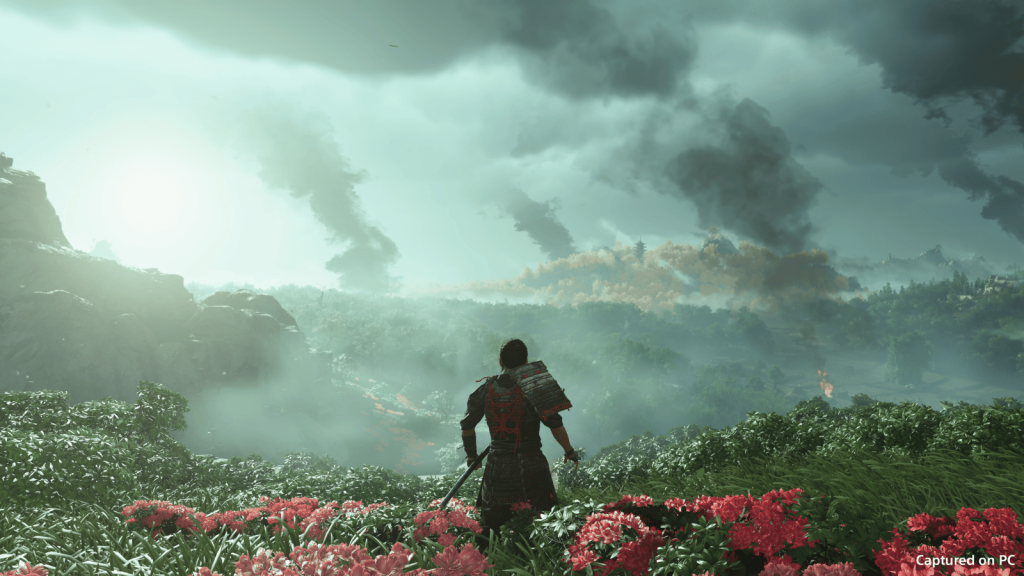 That’s not to say it’s perfect, we encountered a few bugs when it launched – AMD’s FidelityFX Super Resolution 3 (FSR) frame generation caused major instability and would often result in a crash, even with our all-AMD test rig. But that’s already been patched in the month or so since.
That’s not to say it’s perfect, we encountered a few bugs when it launched – AMD’s FidelityFX Super Resolution 3 (FSR) frame generation caused major instability and would often result in a crash, even with our all-AMD test rig. But that’s already been patched in the month or so since.
Speaking of which, this is the first game (as far as we know) that allows the use of different upscaling and frame-generation methods and doesn’t lock you into only using Team Green or Team Red’s tech – provided you have a suitable GPU.
Using our all-AMD build consisting of a Ryzen 5 5600X CPU, 16GB of RAM, and an RX 5700 XT GPU, we were able to get a stable 60+ frames per second (fps) at native 1440p after fiddling with the settings. Digital Foundry’s Ghost of Tsushima optimised settings video helped with that and we recommend you check it out if you paid less than R50,000 for your PC.
Thankfully, the suggested hardware requirements on the game’s Steam page can be trusted to gauge how it’ll run before you buy. If you’re aiming for 60fps at 1080p, then you’ll need at least an RTX 2060 or RX 5600 XT GPU with a Core i5-8600 or Ryzen 5 3600 CPU with 16GB of RAM to run the game at its ‘Medium’ preset.
Glorious PCMR framerates
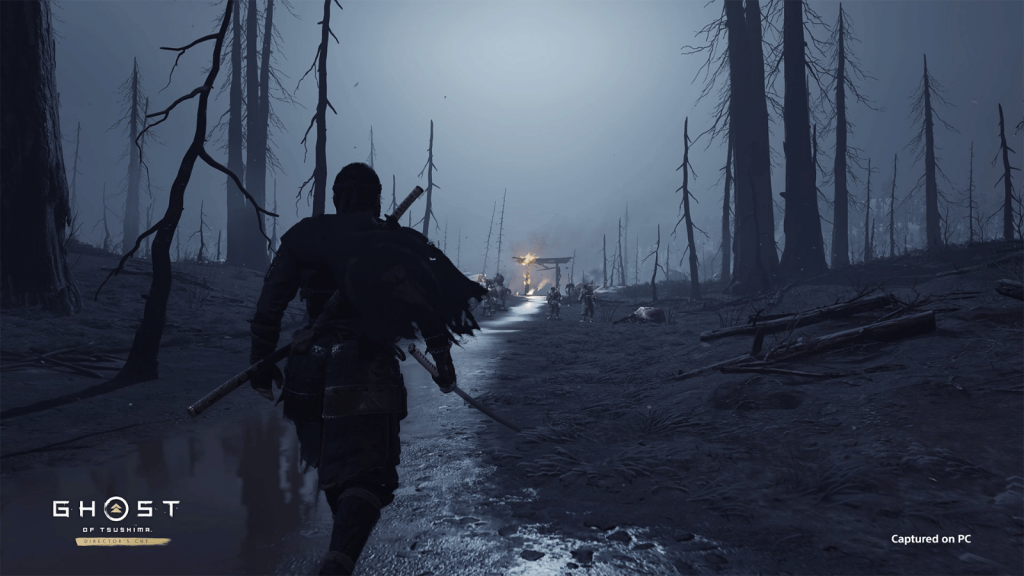 We achieved a stable 70-80fps (depending on the scene) with our AMD test bench using mostly ‘High’ settings. We opted to keep texture quality on ‘Medium’ because the visual improvement from switching to ‘High’ wasn’t that noticeable nor worth the knock to performance.
We achieved a stable 70-80fps (depending on the scene) with our AMD test bench using mostly ‘High’ settings. We opted to keep texture quality on ‘Medium’ because the visual improvement from switching to ‘High’ wasn’t that noticeable nor worth the knock to performance.
We tried using AMD’s FSR 3 upscaling and frame generation at launch and while it provided a massive boost to performance, it caused constant game crashes. It has since been patched and is a lot more stable – although we still experienced a crash since the patch so we left it unchecked.
Unfortunately, we don’t have dozens of GPUs lying around (or any others, for that matter), so we weren’t able to test Intel’s XeSS or Nvidia’s DLSS upscaling options. Although AMD’s FSR is compatible with any GPU, if you’re rocking an RTX 40 series card, you’ve got the option to try all three. If you have an Nvidia GPU, it’s also worth noting you’ll be able to pair whichever upscaler you prefer with either AMD’s or Nvidia’s frame generation system.
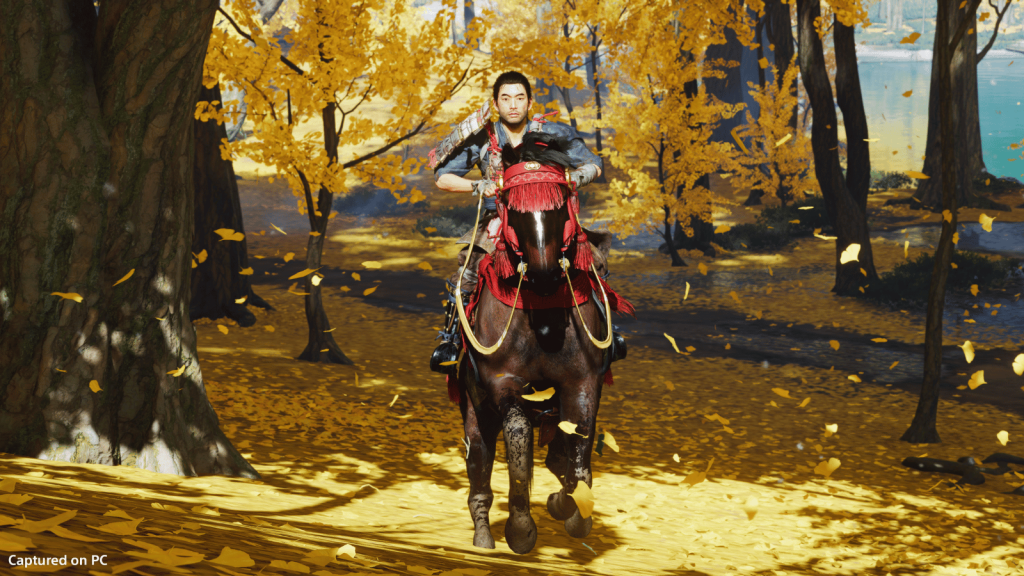 The TL;DR, as far as Ghost of Tsushima’s PC performance goes, is that it’s a very GPU-intensive title but offers a decent scope of customisable options so even gamers with lower mid-level builds should achieve good framerates without losing too much.
The TL;DR, as far as Ghost of Tsushima’s PC performance goes, is that it’s a very GPU-intensive title but offers a decent scope of customisable options so even gamers with lower mid-level builds should achieve good framerates without losing too much.
Having said that, it would’ve been nice if Nixxes had included higher-definition textures and the option for those with powerful enough PCs to render the island of Tsushima’s beautiful vistas with real-time ray tracing. Maybe for the next one.
Ghost of Tsushima Director’s Cut PC verdict
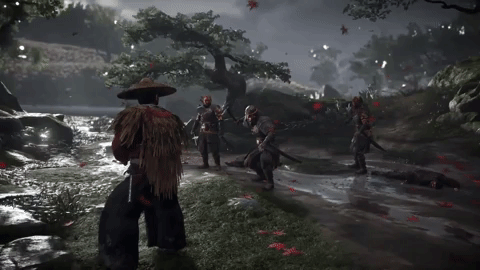 It might not be a cheap purchase at R1,150 on Steam and Epic Games, but Ghost of Tsushima Director’s Cut on PC will be worth every cent, especially for those with a penchant for open-world RPGs and doubly so if you’ve just come off a Shōgun binge.
It might not be a cheap purchase at R1,150 on Steam and Epic Games, but Ghost of Tsushima Director’s Cut on PC will be worth every cent, especially for those with a penchant for open-world RPGs and doubly so if you’ve just come off a Shōgun binge.
Nixxes has done a great job of porting what was already a great game and we’d strongly recommend picking it up if you’ve never experienced it before. The price makes a strong recommendation a little harder if you’ve previously played it on console but this is now the best way to play it so maybe wait for a special before jumping back in.
With the success that Ghost of Tsushima’s PC port achieved – it is the third-highest-rated PlayStation title on Steam and has the highest (over 77,000 at the time of writing) peak concurrent player count of Sony’s single-player titles – Sony execs should feel vindicated that bringing their exclusive titles to PC is the right move. We might even end up seeing more simultaneous releases, as we did with Helldivers 2, in the future.

